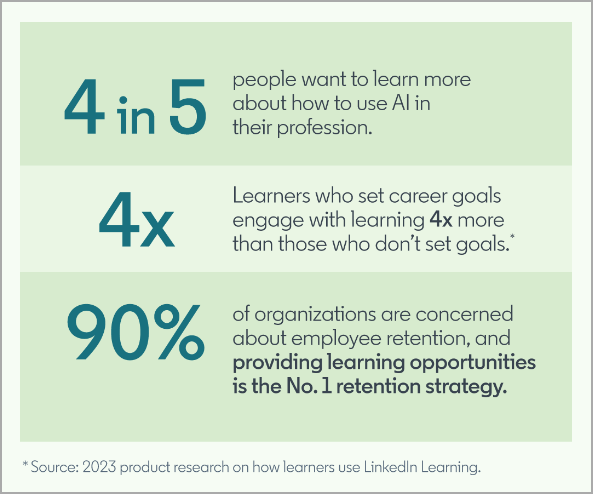Tech Startups Have a Huge Advantage Over Big Tech Businesses
Tech startups have a significant edge over larger tech companies due to their ability to pivot quickly and adapt to changes without the extensive planning, development, and approvals typically required by large tech firms. This nimbleness allows startups to innovate and respond to market demands more efficiently.
The Advantage of Agility in Business Decision-Making
Innovative tech startups are laser-focused on enhancing their agility. However, becoming a more agile company doesn’t happen overnight. It requires deliberate steps and strategic planning. According to McKinsey, agile companies can see a 30% improvement in operational performance and a 20-30% improvement in employee engagement and customer satisfaction.
That said, making your tech startup more agile doesn’t have to be complex, even if it is a long game. Here are six tips to facilitate a smooth transition.
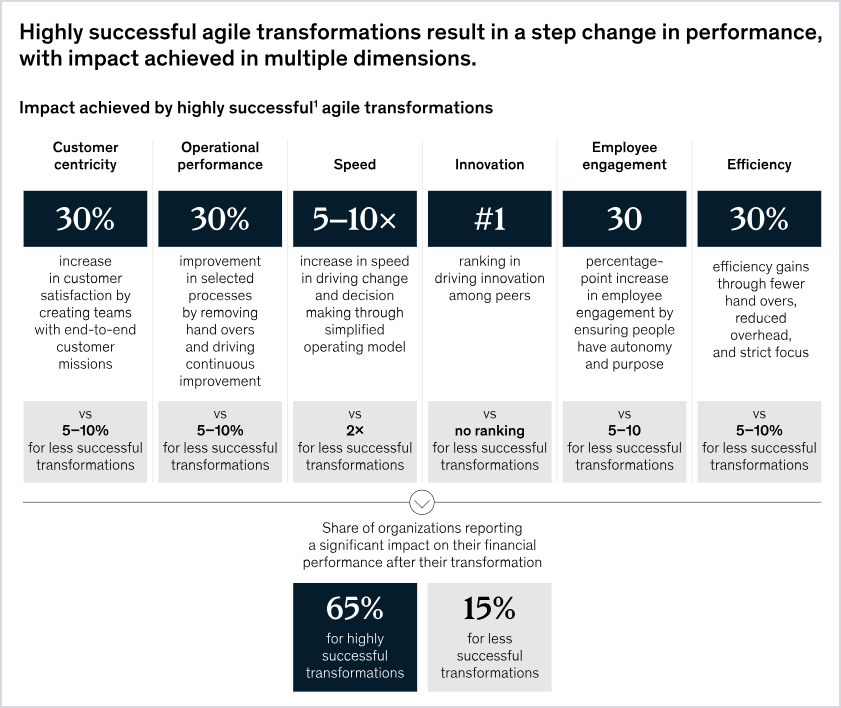
1. Define Agility for Your Business
Start by envisioning what agility looks like for your startup. Consider your workflow, team dynamics, and how improved agility could enhance your operations. Defining agility for your startup is crucial as each company’s needs and operational style differ. According to a report by Deloitte, companies that clearly define their agile transformation goals are more likely to achieve them.
To create a vivid picture of agility for your startup, ask yourself these questions:
- How will our workflow change with more agility?
- What will our team structure look like?
- How will communication and collaboration evolve?
- What tools and technologies will we need to support agile operations?
What Does Organizational Agility Look Like?
Defining agility for your startup involves more than just a vision. It requires a comprehensive understanding of what agility means in your specific context. For instance, an agile workflow might mean shorter project cycles, quicker decision-making, or a more adaptable product development process. A clear definition of agility helps in setting realistic goals and benchmarks.
2. Begin in the Recruiting and Hiring Process
To foster agility, begin with the recruiting and hiring process. Hire individuals who value agility and are comfortable working in an environment that prioritizes pivoting over linear progression. Look for candidates with diverse skill sets such as content writing, user experience, technical abilities, marketing, and product development.
Additionally, seek out individuals who thrive in fast-paced settings and are capable of handling multiple projects simultaneously. Recent research from LinkedIn indicates that job skill sets have changed by 25% since 2015 and are expected to double by 2027. This highlights the need for employees with versatile skill sets who can drive innovation in agile environments, significantly contributing to the company’s ability to adapt and grow.
To unlock skills agility within their organizations, Learning and Development (L&D) professionals must move away from the time-consuming tasks of the past, such as labor-intensive custom content creation and lengthy training sessions. AI offers significant potential for personalization, enabling more individuals to shape their professional journeys effectively.
Furthermore, career development and internal mobility programs that align individual aspirations with organizational business priorities are key to driving accelerated progress. By fostering a culture that prioritizes continuous learning and adaptability, organizations can better navigate the fast-paced changes in today’s business landscape.
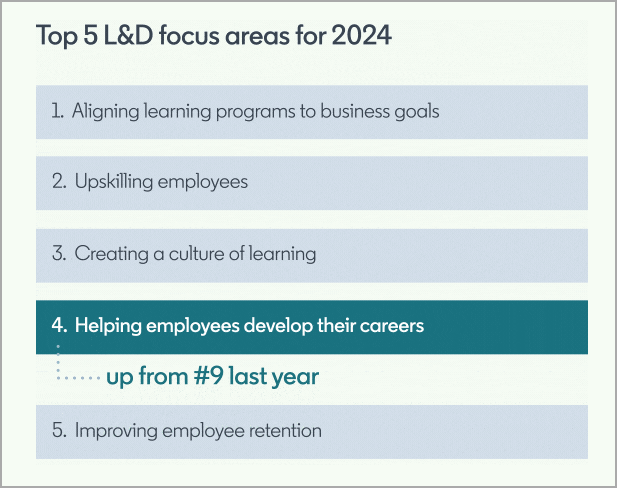
3. Aggressively Embrace AI
The rapid advancements in AI and machine learning enable and facilitate business agility. Organizations will thrive by adopting growth as a continuous, mutually reinforcing process. Employee growth, fostered through learning and career development, fuels company growth. In turn, company growth, driven by business innovation, motivates employees to stay and further develop their skills.
Three key points highlight this dynamic:
- Demand for AI Skills: Employees are increasingly seeking to acquire AI skills to stay relevant and competitive in the job market.
- Career Advancement: Career progression remains a strong motivator for employees, driving engagement and retention.
- Integrated Approach: Companies must simultaneously embrace the development of AI skills and career advancement opportunities to energize and retain talent.
By focusing on these areas, organizations can create a virtuous cycle of growth that benefits both the agility of employees and the business.
4. Embrace a “Virtual-First” Mindset
Adopting a “virtual-first” approach is crucial for the future of business infrastructure in the digital age. This perspective allows leaders to identify areas where physical presence is optional and determine the necessary technologies and cybersecurity strategies to support a predominantly digital workplace and workforce. A study by Gallup found that flexible work arrangements can increase employee productivity by up to 20%.
Benefits of a Virtual-First Strategy
- Enhanced Flexibility and Efficiency: By focusing on virtual operations, companies can streamline processes, reduce overhead costs, and increase operational efficiency. For instance, remote work can lead to savings on office space and utilities.
- Access to Global Talent: A virtual-first approach enables organizations to tap into a global talent pool, overcoming geographical constraints and enhancing diversity.
- Improved Employee Satisfaction: Offering remote work options can lead to higher employee satisfaction and retention, as it provides flexibility and work-life balance.
Identifying Where Physical Presence is Optional
Leaders should assess which tasks and roles can be effectively performed remotely. Technologies such as cloud computing, collaboration tools, and virtual meeting platforms play a crucial role in facilitating remote work.
5. Use Tech Tools to Empower Your Team
Equipping your team with the right tech tools is vital for maintaining agility, and embracing cloud technologies is key to this. Ensure you have tools that facilitate communication, collaboration, and project management regardless of location. For instance, using platforms like Slack for communication, Trello for project management, and GitHub for version control can significantly enhance team efficiency.
Cloud capabilities empower businesses to operate at the speed of their markets and serve as a versatile business platform. Embracing digital transformation not only aligns an enterprise with contemporary technologies but also simplifies the integration of new capabilities into its tech stack.
Additionally, security has evolved into a competitive differentiator. The robust security features inherent in cloud solutions are a major factor driving more businesses to migrate their systems online. This shift not only enhances operational efficiency but also strengthens security, offering businesses a dual advantage in today’s competitive landscape.
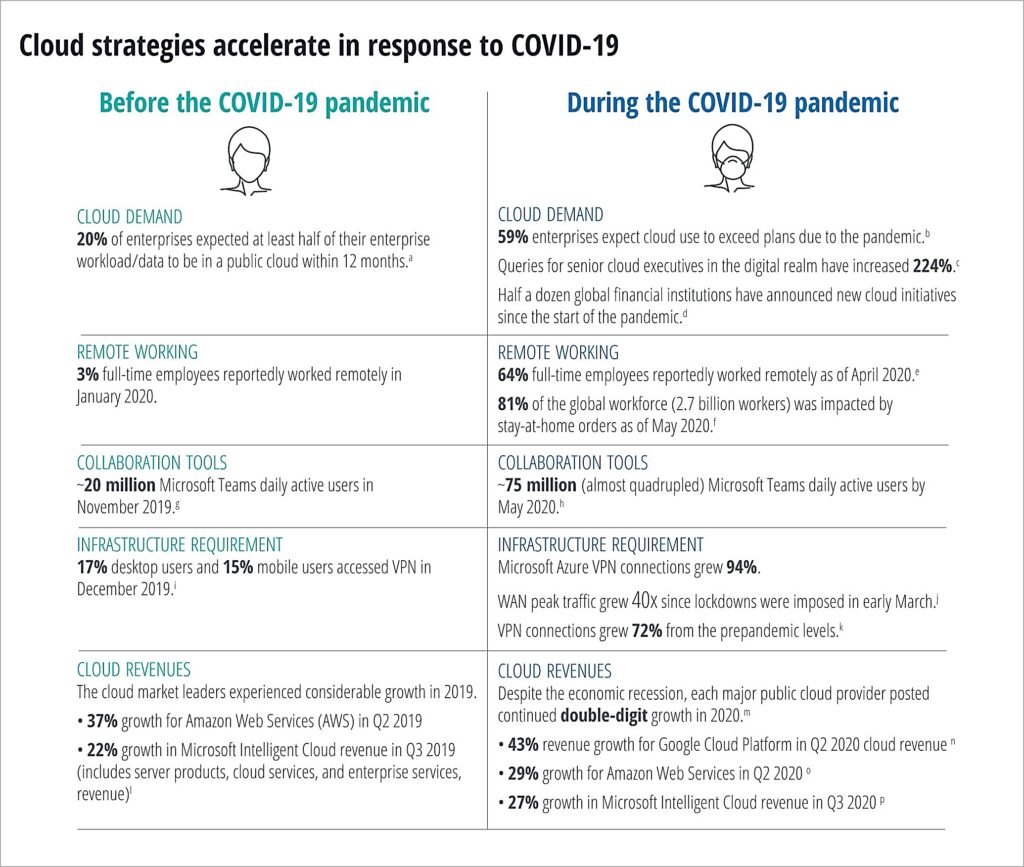
Cloud adoption, therefore, facilitates swift technological advancement and robust security, positioning businesses to better meet market demands and leverage emerging technologies effectively.
6. Pick the Right Digital Collaboration Approach
Consider this paradox about digital change: Although it increases the need for collaboration in organizations, it also makes collaborating more difficult.
Paul Leonardi – MIT Sloan Management Review
Collaboration should be a cornerstone of your startup’s operations. With numerous activities occurring simultaneously, decisions should be made collectively rather than independently. However, while many software solutions promise to facilitate teamwork, as research from MIT Sloan Management Review shows, what suits close-knit colleagues may not help those who need to make connections across the organization.
Implement systems such as buddy or small-team collaborations and hold regular team meetings to address urgent needs and significant decisions. Embedding collaboration into your company culture will promote a more cohesive and agile work environment. Companies with high levels of collaboration are five times more likely to be high-performing .
7. Focus on Your Company Culture
To achieve lasting agility, integrate it into your company culture. Make agility a core value and continuously communicate its importance to employees, stakeholders, and external partners.
Highlight the positive impacts of agility on your startup and share these successes with your customers. A strong company culture centered around agility will support long-term transformation and growth. Consulting firm, BCG, notes that 70% of agile transformations fail without a strong cultural foundation.
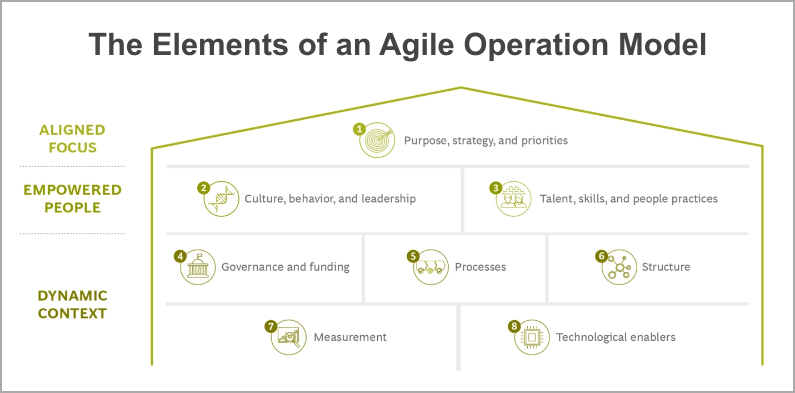
Conclusion
Enhancing the agility of your tech startup can be the key to its longevity and success. Implementing these six tips will help establish agility, flexibility, and collaboration as the foundation of your startup, positioning it for sustained growth and adaptability in the fast-paced tech landscape.


